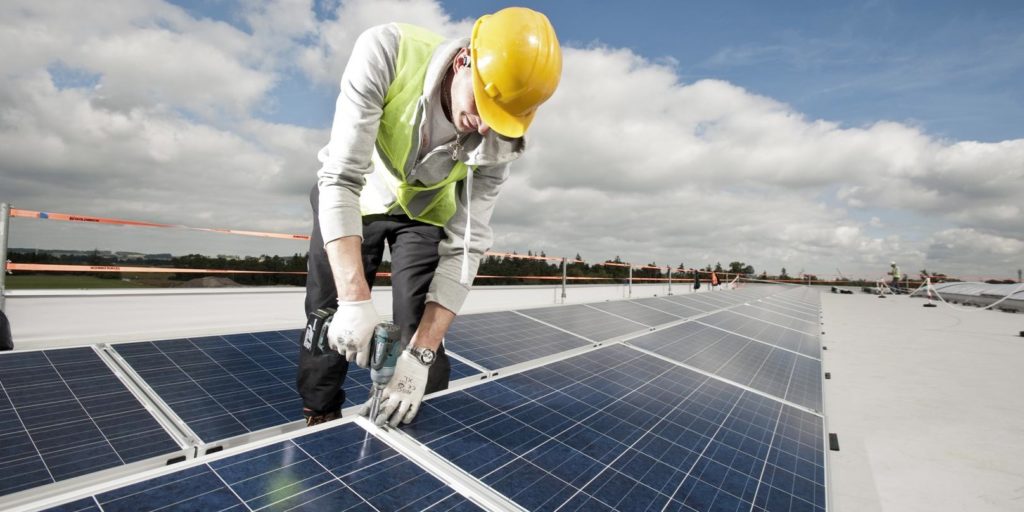Demand for solar PV systems in Germany remains high. In August, the Federal Network Agency (Bundesnetzagentur) announced an additional capacity of 354.74 MW. It is the highest value so far this year, which slightly exceeds that of June, where 342.5 MW were registered.
Nearly 241 MW of the reported capacity are attributable to 7,125 residential and commercial roof systems. However, just 4,654 PV systems totaling 142.78 MW were actually put into operation in August.
Furthermore, the Bundesnetzagentur reports that 113.8 MW of ground-mounted systems were added in August, of which 52 were solar parks that went into operation during the month. Demand in this segment was driven particularly by tendered projects, as just 10.6 MW of projects came from initiatives developed outside of the county’s solar tender scheme.
Yet, the agency revealed that demand for PV projects under the law for tenants’ solar power supply remained weak. In August, according to the published figures, 58 new plants of this kind with a total capacity of just over 1 MW, have been registered. Most tenant electricity systems were put into operation before August. According to the Federal Network Agency, just five systems, totaling 90.82 kW, were grid connected in August.
In the first eight months, newly installed PV capacity in the country topped nearly 2 GW. This is more than for the whole of 2017, when, according to official figures, it reached around 1.75 GW. Overall, total installed capacity in Germany rose to 44,948 MW.
The Federal Network Agency has also already determined the amount of solar subsidies for the period from August to September: they will drop by another percentage point. Depending on size, the fixed feed-in tariffs for private and commercial systems will range from €0.1028/kWh to €0.118/kWh.
For other projects, the tariff is €0.0818/kWh in August. The revenue cap for PV systems under the direct marketing regime, which is mandatory for new plants with a capacity of more than 100 kW, is also reduced to between €0.1068/kWh to €0.1223/kWh. For other facilities, it is €0.0858/kWh.
At the end of October, the Federal Network Agency will calculate the degression for the next three-month period. In view of the continuing high demand for solar, a further reduction in feed-in tariffs and revenue is to be expected.
This content is protected by copyright and may not be reused. If you want to cooperate with us and would like to reuse some of our content, please contact: editors@pv-magazine.com.




By submitting this form you agree to pv magazine using your data for the purposes of publishing your comment.
Your personal data will only be disclosed or otherwise transmitted to third parties for the purposes of spam filtering or if this is necessary for technical maintenance of the website. Any other transfer to third parties will not take place unless this is justified on the basis of applicable data protection regulations or if pv magazine is legally obliged to do so.
You may revoke this consent at any time with effect for the future, in which case your personal data will be deleted immediately. Otherwise, your data will be deleted if pv magazine has processed your request or the purpose of data storage is fulfilled.
Further information on data privacy can be found in our Data Protection Policy.